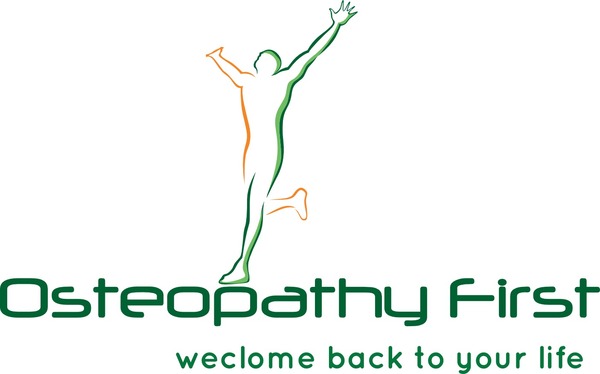Book an Appointment
Welcome to our online booking site
Osteopathy
Osteopathy is a distinct approach to healthcare based on the understanding that the body is an integrated, interrelated system. Rooted in anatomy, physiology, and biomechanics, osteopathic medicine emphasizes the connection between the body's nerves, muscles, bones, and organs. Unlike conventional treatments that often focus on alleviating symptoms, osteopathy aims to identify and treat the root cause of your condition.
What to Expect During Your Session?
Your session begins with a comprehensive medical history review and thorough physical examination. You may undergo diagnostic tests such as range-of-motion assessments or palpations as needed. Once the core issues are identified, a personalized treatment plan is created. Sessions may include joint mobilization, soft tissue manipulation, craniosacral techniques, and other osteopathic methods.
Conditions We Treat: Osteopathic techniques are effective for a wide range of conditions, including:
- Musculoskeletal Pain (e.g. back pain, neck pain, arthritis)
- Headaches and Migraines
- Postural issues (e.g. scoliosis)
- Digestive problems (e.g. IBS, Reflux)
- Upper Respiratory Conditions (e.g. sinusitis)
- Chronic Fatigue Syndrome
- Sports Injuries
Benefits of Osteopathic Treatment:
1- Holistic Approach — Treats the entire body rather than isolating a single area
2- Preventative Care — Identifies underlying issues to prevent future problems
3- Enhanced Mobility — Improves joint mobility and muscle function for a stronger, more flexible body
4- Reduced Pain — Significant pain relief, often without medication
5- Improved Quality of Life — Better overall well-being and daily function
Craniosacral Therapy
Craniosacral Therapy (CST) is a specialized form of osteopathic treatment focusing on the craniosacral system—the skull, spine, and sacrum. Based on the principle that subtle movements within this system influence the central nervous system and overall health, CST uses gentle, non-invasive techniques to detect and correct imbalances in craniosacral fluid and related structures.
What to Expect During Your Session?
Your first visit begins with a detailed assessment of your craniosacral system. You'll lie fully clothed on a treatment table while your Osteopath applies light touch at various points on your head, spine, and pelvis to assess and modulate your craniosacral rhythm. Follow-up sessions build on these findings with more targeted techniques tailored to your needs.
Conditions We Treat: Craniosacral Therapy is effective for a variety of conditions, including:
- Migraines and headaches
- Chronic neck and back pain
- Stress and tension-related issues
- Temporomandibular joint (TMJ) disorders
- Post-traumatic stress disorder (PTSD)
- Pediatric conditions such as colic and developmental delays
Benefits of Craniosacral Therapy:
1- Deep Relaxation — Many patients experience profound calm during and after treatment
2- Reduced Symptoms — Effective relief from stress, tension, and pain
3- Holistic Healing — Addresses the body as a whole for comprehensive care
4- Enhanced Bodily Functions — Improves nervous, circulatory, and musculoskeletal function
5- Safe for All Ages — Gentle and non-invasive, suitable for infants through elderly patients
Select a treatment
from the list on the left
to view available appointment times

Need Help? 365-297-7572 ernest@opfirst.ca
